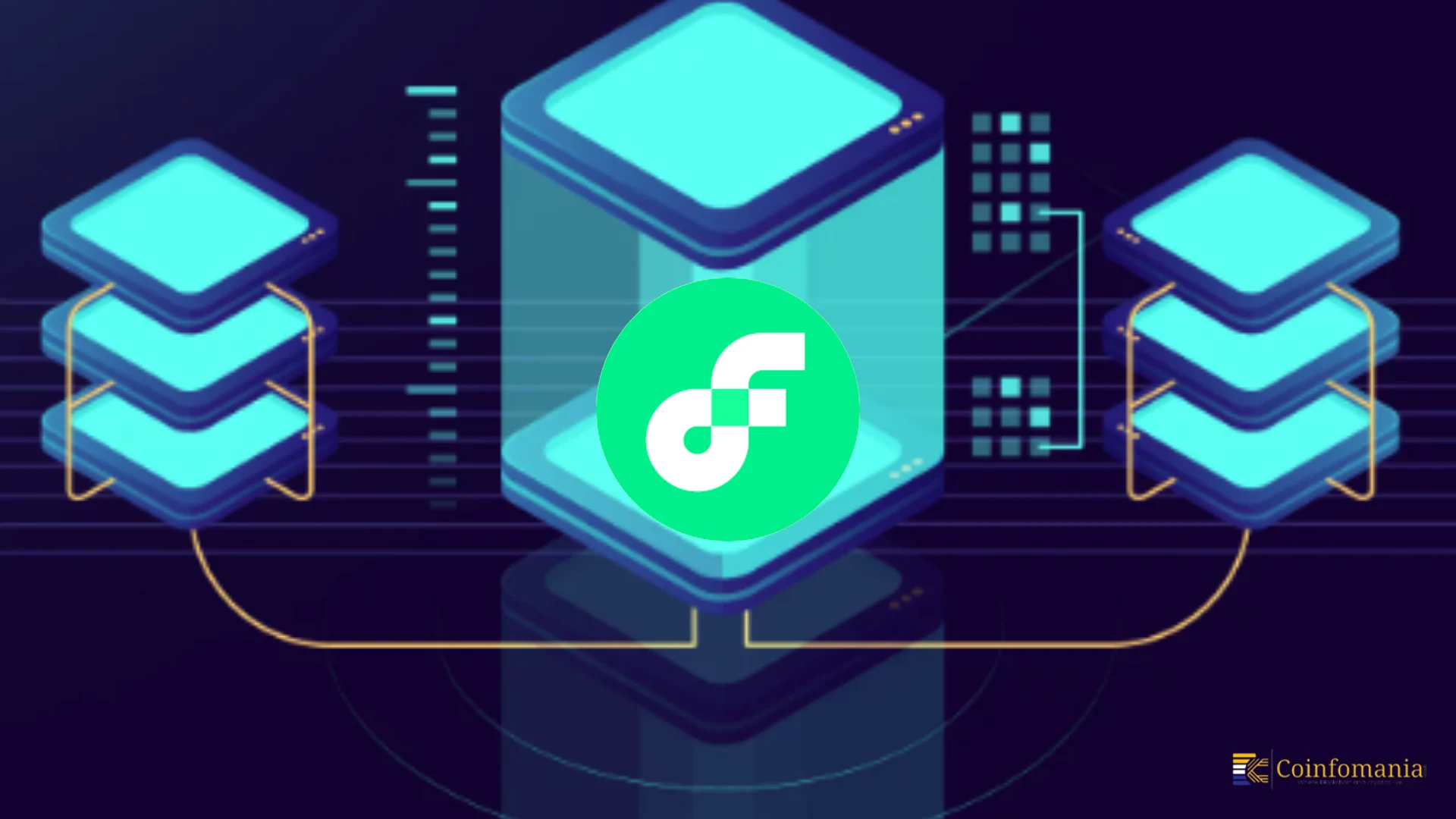Flow Blockchain Targets 1 Million TPS as It Reimagines Web3 Infrastructure
0
0

Massive Scaling Without Sharding Sets Flow Apart in Blockchain Architecture
Flow Blockchain has unveiled an ambitious roadmap to reach 1 million transactions per second (TPS).
This makes Flow one of the few Layer-1 chains aiming to scale without sharding or Layer-2s.
Unlike modular designs, Flow plans to maintain composability across apps using native execution layers.
The network’s throughput goal includes scaling both state and transaction processing simultaneously. Flow’s design can manage a petabyte of data on a single global state, with no data fragmentation. This removes the complexity of cross-shard messaging, which plagues sharded or rollup-based chains.
Flow uses a multi-node architecture, separating roles into collection, consensus, execution, and verification. This setup boosts throughput while preserving decentralization — a rare balance among Layer-1 protocols. In contrast, Ethereum relies on external scaling (Layer-2), risking fragmented app interoperability.
EVM Support, Developer Incentives, and Environmental Leadership
Flow blockchain has recently introduced Ethereum Virtual Machine (EVM) compatibility on its network. This lets developers port Solidity smart contracts directly, without rewriting code in Cadence. Cadence, Flow’s native language, still powers unique features like gasless transactions and account abstraction.

Flow State Chart
Flow’s developer onboarding tools include testnet incentives, in-depth docs, and high-grant ecosystem programs. The platform prioritizes usability for consumer-grade apps, like games, marketplaces, and collectibles. Notably, Flow supports major projects like NBA Top Shot, UFC Strike, and Mattel’s digital platform.
On sustainability, Flow operates using only 0.18 GWh annually, less than many corporate servers. The blockchain boasts 0.8 second block time and $0.000179 per transaction, ensuring real-time affordability. With such performance, it leads among carbon-neutral Layer-1s for energy efficiency and cost.
Flow’s roadmap confirms it will not use sharding or off-chain rollups for scaling. Instead, it builds vertically — scaling the chain directly without reducing security guarantees. This approach reinforces Flow’s thesis: consumer-grade Web3 needs speed, security, and unified global state.
The post Flow Blockchain Targets 1 Million TPS as It Reimagines Web3 Infrastructure appeared first on Coinfomania.
0
0
 Manage all your crypto, NFT and DeFi from one place
Manage all your crypto, NFT and DeFi from one placeSecurely connect the portfolio you’re using to start.




